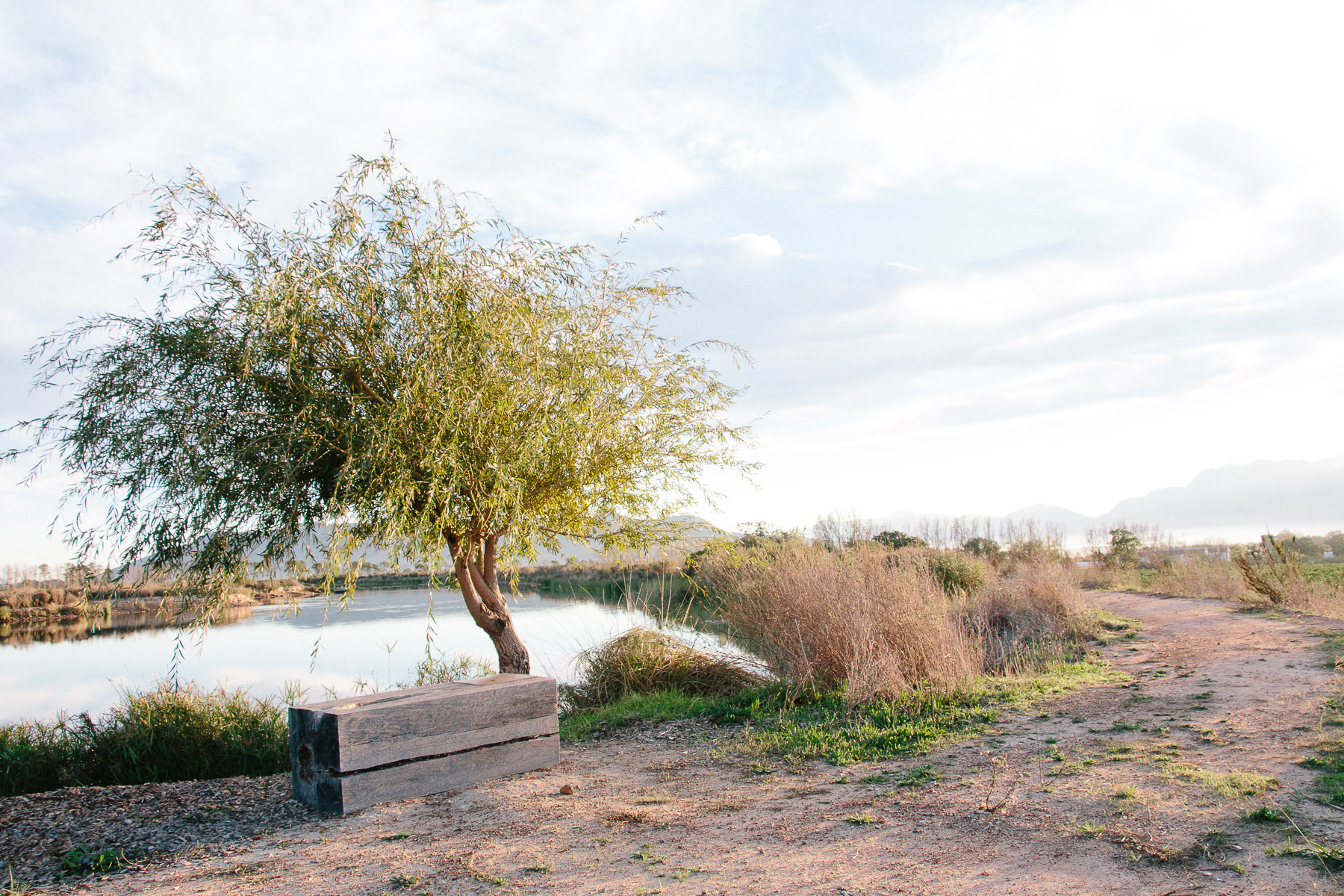
Restaurants
Spa
Day Visits
Shop
Functions
16°C
August 12th, 2016
Babylonstoren has a number of trees with interesting stories, or rather cuttings from famous trees that are linked to people, moments and places that made history. These include Newton’s apple tree, Shakespeare’s mulberry, an olive from Mount Gethsemane and more.
 Growing on the banks of the big dam on the farm, Napoleon’s willow stands isolated, much like Emperor Napoleon Bonaparte on the island of Saint Helena after his defeat. The young weeping willow tree (Salix babylonica) was grown from a cutting of the tree that grew at the head of the famous French emperor’s grave. After his death, many cuttings were made by visitors to the remote Island, and planted all over the world.
Growing on the banks of the big dam on the farm, Napoleon’s willow stands isolated, much like Emperor Napoleon Bonaparte on the island of Saint Helena after his defeat. The young weeping willow tree (Salix babylonica) was grown from a cutting of the tree that grew at the head of the famous French emperor’s grave. After his death, many cuttings were made by visitors to the remote Island, and planted all over the world.
Originally Nappy was buried in the Sane Valley after his death in May 1821, but in 1840 the emperor’s remains were taken back to France and laid to rest in Les Invilades. The specific spot, in the Valley of the Willows, in Saint Helena was chosen by the man himself. Captain Atkinson describes it as follows:
“The place lies between two steep hills; the valley at the bottom is very narrow … in it lies a garden about 200 yards long … in the upper corner of which are 5 or 6 willow trees of large dimensions, planted towards each other which makes them form a sort of arbour … A spring from the rock a little on one side was the place from which he (Napoleon) had water for his own use ever since he first saw it, and under those trees he frequently used to sit and read.”
How did the Napoleon’s Willow arrive at Babylonstoren? Was it brought to South Africa by the returning Boer prisoners after the Anglo-Boer War?
I am planning to visit your lovely Hotel in the near Future.